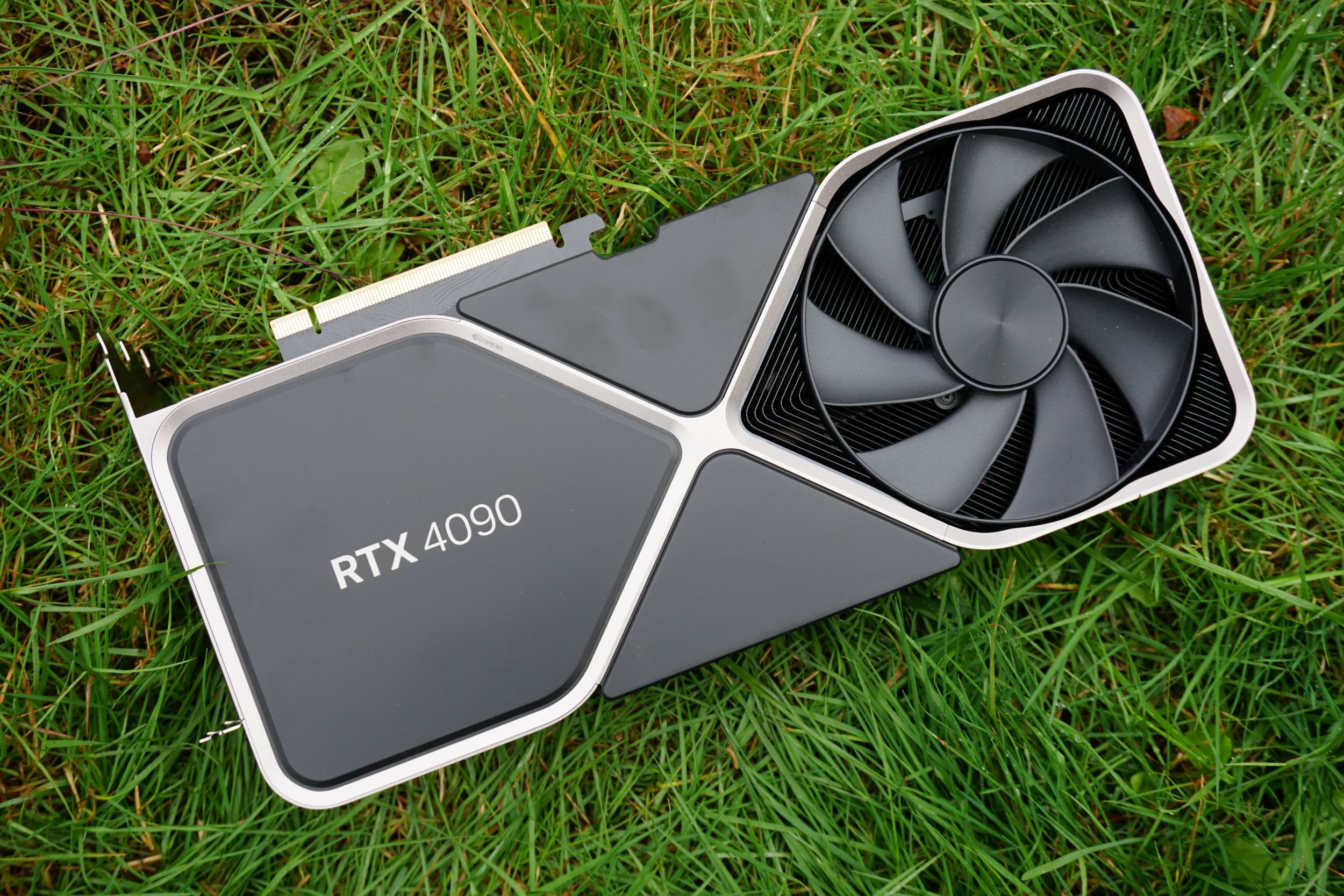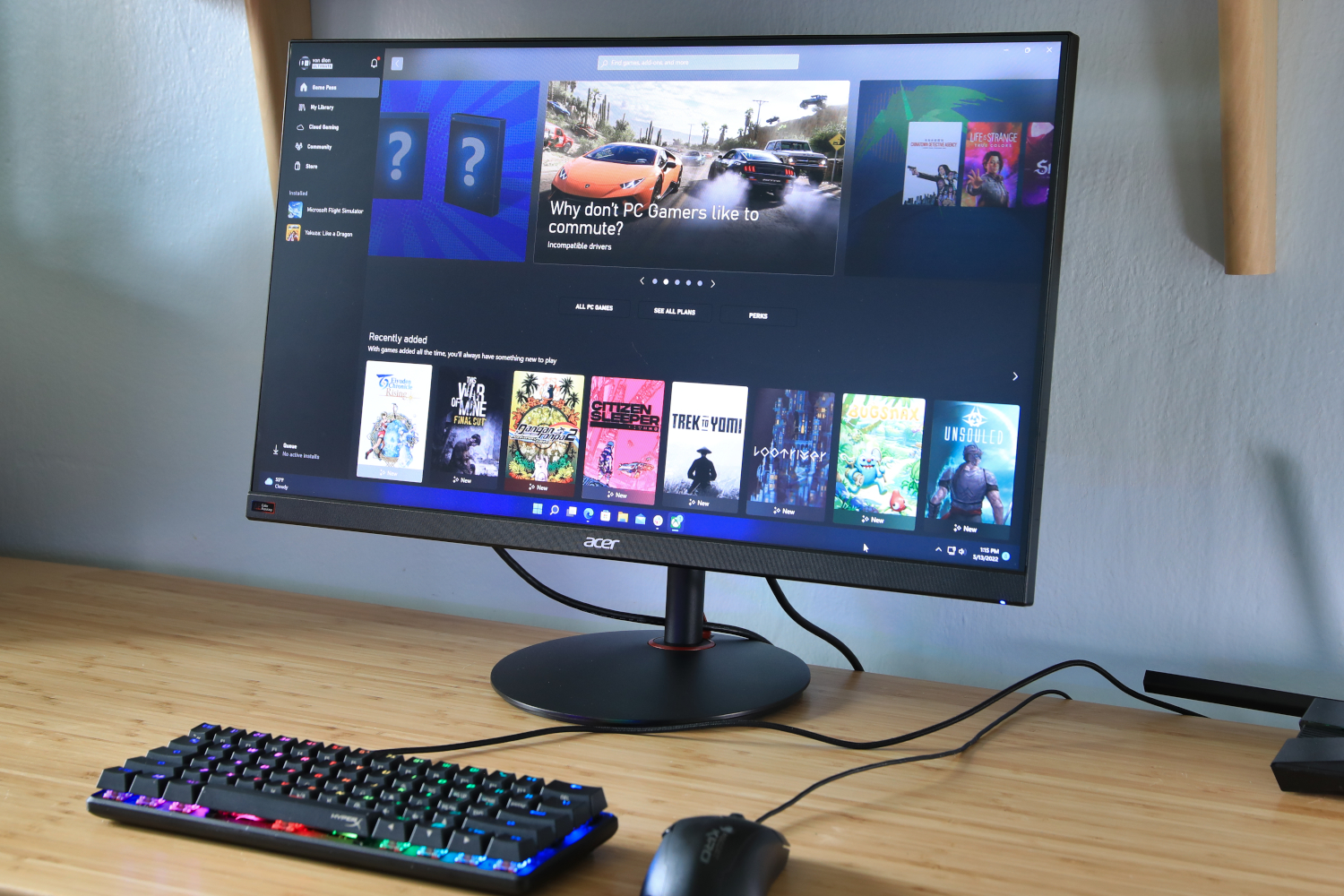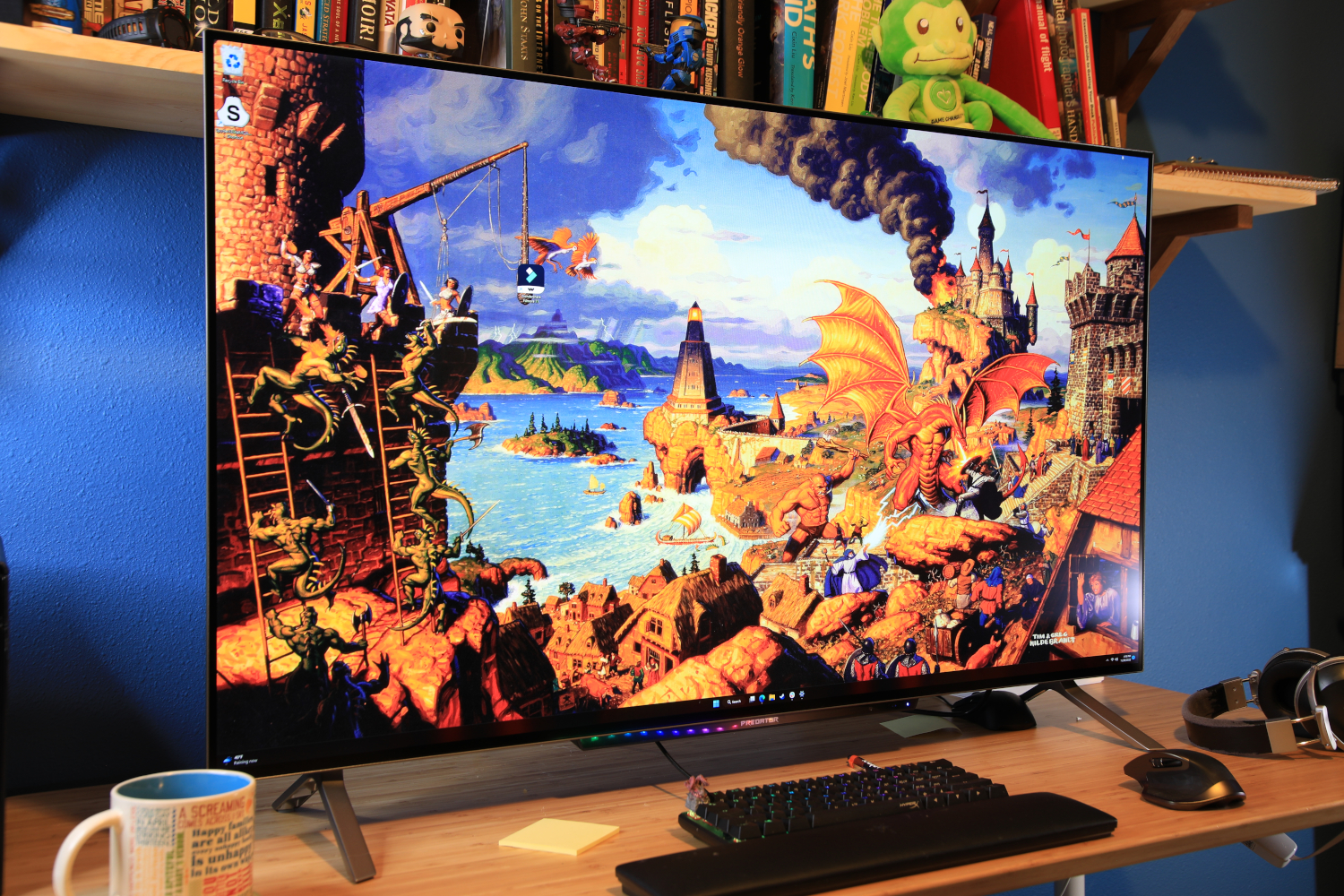Most people buy a monitor and then never think about it again. Much like with cars, they’ll keep using the display until it flat-out dies. But there are other good reasons to upgrade your desktop monitor, and you don’t have to have obvious issues before moving on.
Quality-of-life improvements can make a material difference in how fast or easily you get your work done. And, with monitor prices continually dropping, previously ultra-luxe features have now become quite affordable—so trading up nearly doesn’t cost as much. So, if you find yourself agreeing with any (if not multiple) reasons on this list to upgrade, biting the bullet shouldn’t cost much at all.
Check out our top picks for best monitors overall, the very best gaming monitors, and the best monitors for home office.
You bought a new graphics card
Congratulations—if you’re a gamer, your investment in a new GPU means your PC can churn out more frames than before, move up to a higher resolution, or both. (It depends on how much you spent.) Yet you won’t feel the full impact of that upgrade unless you have a monitor that can make use of the supercharged performance. Being able to push 4K at 120 frames-per-second won’t mean much if you’re stuck on a 1080p 60Hz panel, for example.
a card that Pushes all the pixels
So, if your monitor is now the chokepoint for an optimized gaming setup, it’s worth examining your upgrade options. You may need to shell out more cash to truly enjoy your new graphics card to the fullest extent—but as painful as that sounds for your wallet, we can’t understate how luxe it feels the first time you lay eyes on crisper output or experience more fluid gameplay.
You want smoother gameplay
Speaking of responsiveness, monitors have come a long way in just the last five years (and definitely a ton in the past 10). Features that make for buttery-smooth, ultra-responsive gameplay have become commonplace—lower latency, higher refresh rates, and adaptive sync technologies like Nvidia G-Sync and AMD FreeSync are no longer premiums found only on wildly expensive gaming displays.
A budget-friendly 165Hz 1080p monitor
So, if you’re tired of screen tearing or being locked to 60fps (to avoid said screen tearing), or you feel held back in your competitive games, a new monitor can easily eliminate these annoyances. For starters, FreeSync is not only everywhere these days, but it’s often compatible with Nvidia graphics cards. Panels with 120Hz and 144Hz refresh rates are also pretty easy to find in budget-friendly models.
In fact, monitors have come enough that you can find IPS displays with 1ms latency—you’re no longer locked to a TN panel (and their poor viewing angles) for faster response times. And, of course, if you have the money and a beefy graphics cards, there are 240Hz, 360Hz, and even incredible 500Hz panels that can support super high frame rates.
You need more screen real estate
Once upon a time, a 24-inch 1080p monitor with a 16:9 aspect ratio was huge. But bigger panels with higher resolutions have become more common in recent years, with 27- and 32-inch models sporting 1440p or 4K resolutions often starting at $250 or less. Ultra-widescreen aspect ratios have risen in availability as well, with gigantic screens like the popular Samsung Odyssey G9’s 49-inch screen winning many fans.
OUr top ultrawide pick
Both the increased resolution and the physical real estate can be handy, especially for productivity. You can see more on the screen at once if you move up to 1440p or 4K, and using such resolutions on a bigger screen keeps text and other elements from seeming incredibly tiny. Ultrawides, for their part, let you keep several windows open side-by-side without requiring the bulk and extra cabling of multiple monitors. (Not sure if you should pick an ultrawide setup or a dual monitor setup? Our shootout between the two options can help you decide.)
Your current monitor seems dim
Does your older flat panel monitor seem faded compared to when you first bought it? You’re probably not imagining the change. Over time, monitors can lose their brightness. Some earlier flat screen displays even lose their color fidelity, too—e.g., whites turning yellowy.
An extremely big and bright monitor
Even if your monitor’s backlighting is still holding up well, it may just not
Autentifică-te pentru a adăuga comentarii
Alte posturi din acest grup


Support for Windows 10 is set to end in October 2025, but that doesn’

CDs aren’t exactly cutting-edge in 2025. Since the peak years around



TL;DR: Visualize anything—workflows, org charts, net

Just because it’s tiny doesn’t mean it’s not powerful. This Kamrui Hy





